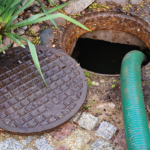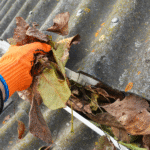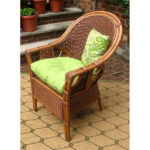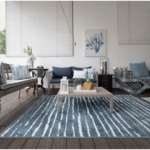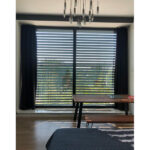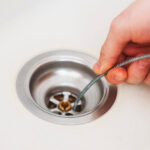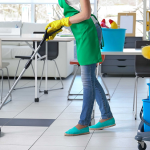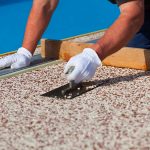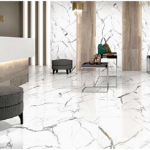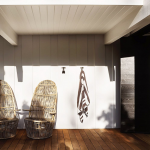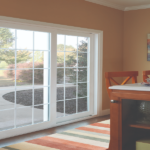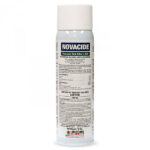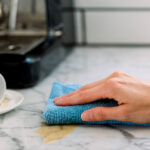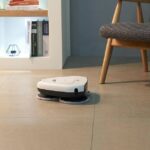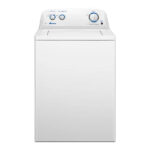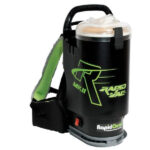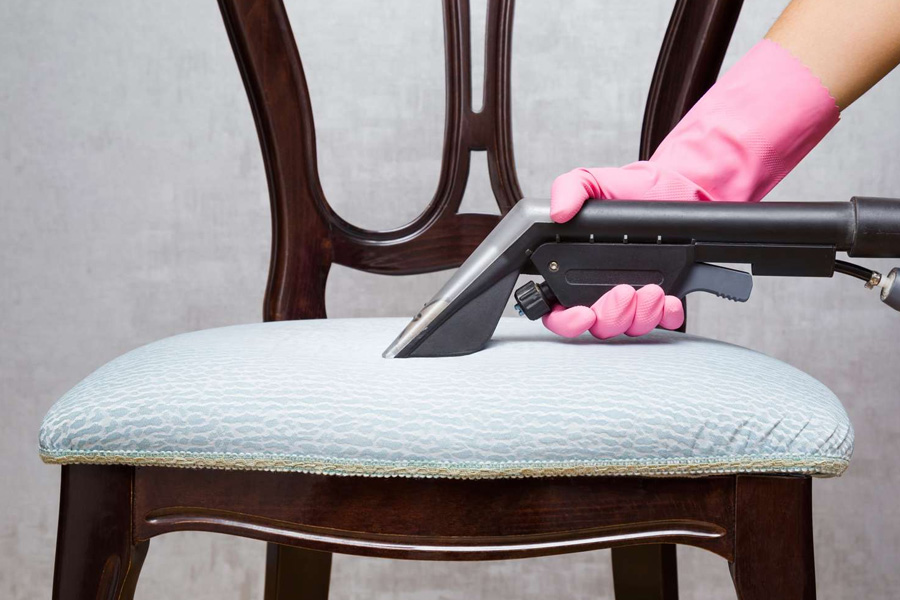
Before the dining table became a staple of modern households, family meals were often served on benches or wooden chairs. Then came upholstered seating, and it changed that experience completely.
Elegance and comfort, however, come with greater upkeep. Fabrics absorb everyday use, from food crumbs to accidental spills. Left unchecked, these marks can shorten the furniture’s lifespan and leave the chairs looking worn out.
Fortunately, you can avoid all that. Here’s how to preserve the appearance and durability of your chairs for years to come.
Identify the Fabric Type
The first step to successful cleaning is knowing what you’re working with.
Most upholstered seats come with a care label tucked beneath the cushion. A quick check can save you from costly mistakes, as it tells you exactly how the fabric should be cleaned.
Keep in mind that different materials react in their own ways. For instance, cotton and polyester blends can usually handle gentle detergents, while silk, linen, and velvet require delicate, specialised care.
Using the wrong cleaner can leave permanent marks, weaken fibres, or cause fading. That’s why it’s important to identify the fabric before starting. You’ll be able to choose the right sprucing-up technique and protect your chairs for years to come.
Gather Your Cleaning Supplies
Once you know what type of fabric you’re dealing with, it’s time to gather the right cleaning supplies. If you have all your tools ready beforehand, you can act quickly when a spill happens instead of wasting time searching for supplies while the spill soaks in.
Start by preparing a vacuum with an upholstery attachment. This can be quite useful in reaching seams and corners that tend to trap more crumbs than you’d expect, and you can only reach these spots with a long, thin contraption.
You’d also need a soft brush to loosen debris, and microfibre cloths for wiping without leaving scratches or lint behind.
When it comes to cleaning, a mild soap solution is often enough for light stains. You’ll also find that common pantry staples, like white vinegar or baking soda, work well for handling spots and spills.
It also helps to keep a small cleaning kit handy so you can tackle spills right away before they set in.
Deal with Light Marks and Routine Mess
Crumbs, smudges, and the occasional spill don’t need to become permanent features on your chairs.
Start with a thorough hoovering, using an upholstery attachment to draw out grit and dust from seams, edges, and corners. Removing loose dirt first is essential. Otherwise, moisture will only grind it further into the fibres.
Once the surface is cleaned, mix a drop of mild soap with warm water, and test it on a hidden patch first to see how the fabric reacts to it.
If the test patch reacts well, you can gently blot the stained area with a clean cloth. Blotting lifts the mark without disturbing the weave, keeping your upholstery looking smooth and fresh.
Tackle Tough Stains
Some stains refuse to go quietly. For instance, red wine, oil splatters, and richly coloured sauces are notorious for settling deep into upholstery fibres. For these, a standard wipe rarely works.
In that case, you’ll need to look for a cleaner designed for the type of stain you are dealing with. You can use enzymatic sprays for food and drink spills, solvent-based products for grease, or oxygen-based cleaners for wine and juice.
Apply these cleaners using the same gentle dab-and-blot method mentioned earlier. Work with a clean cloth and steady motions to lift the stain rather than spread it. Rubbing risks fraying fibres or driving the pigment deeper, so avoid it.
If the mark still lingers after several careful attempts, a professional cleaner is the safest option.
Use Natural Cleaning Solutions
If you prefer to avoid chemical sprays, everyday pantry staples can be surprisingly effective. For example, a diluted mixture of white vinegar and water lifts various fresh stains.
Similarly, baking soda absorbs oils, especially when you apply it as a paste, which is useful for tackling greasy marks.
Lemon juice is another brilliant remedy that offers a natural brightening effect on lighter fabrics, though it should be used with caution on darker upholstery to prevent fading.
For red wine spills, quickly pouring on club soda helps neutralise pigments before they settle.
Whatever method you try, always begin with a discreet patch test, as fabrics can react in unexpected ways.
Dry the Fabric Thoroughly
After cleaning, let the chairs dry completely to prevent musty smells and mould from forming inside the cushions.
Place them in a well-ventilated area, and if necessary, use a fan to accelerate the process. Skip the temptation to set them in direct sunlight since UV rays can fade colours and weaken the fibres.
For extra protection, occasionally lift the cushions and rotate them during drying to ensure even airflow. This prevents damp spots that could damage the padding over time.
Call the Experts
Even with the best at-home care, some chairs need more than a cloth and spray to look their best. This is when professional upholstery cleaning becomes the smarter option.
Specialist cleaners rely on advanced methods, such as steam extraction, fabric-safe solutions, and odour-neutralising treatments, that deliver results far beyond everyday products.
This level of expertise is especially valuable if your chairs are upholstered in delicate fabrics, are part of a vintage set, or carry stubborn stains that refuse to lift.
Hiring a sofa wash service isn’t just a matter of convenience. It’s also about safeguarding your furniture.
Many providers offer fabric testing, tailored cleaning plans, and eco-friendly products to suit your preferences. A reliable contractor will also provide a clear quote upfront, so you know exactly what to expect.
Whether you want a routine upholstery clean to keep your chairs in top condition or need urgent help with a difficult stain, professional services can give your furniture the fresh start it deserves.
Maintain Your Dining Chairs
To make your dining chairs last, it helps to take a few preventive steps. Start by rotating chairs around the table. This ensures that no single piece is exposed to constant use or sunlight, which reduces uneven fading and wear.
Environmental factors can impact the lifespan of your furniture. Avoid placing chairs in direct sunlight or near heat sources, which can weaken fibres and cause colours to fade.
Humid climates come with their own set of challenges, but maintaining good airflow prevents moisture from settling into the padding and causing mould to grow.
It’s also advisable to put some preventive measures in place, as they make ongoing maintenance a breeze.
The most important technique is applying a fabric protector once or twice a year. You can create a barrier that keeps spills on the surface, so you can remove them by just blotting.
If you have a busy household, slipcovers or washable seat pads provide additional protection while keeping the chairs comfortable and practical for daily use.
Conclusion
Dining chairs get heavy daily use, from meals and homework to spills and everyday wear. They are used multiple times a day, not just for meals but for homework sessions, catch-ups over coffee, or even the occasional craft project.
With so much use, it’s no surprise they often bear the brunt of everyday wear. However, regular care keeps those marks from becoming permanent reminders of last night’s dinner.


